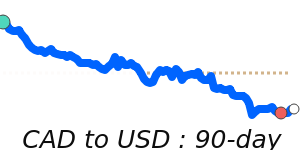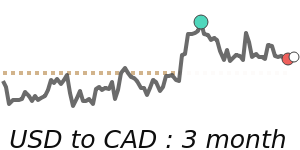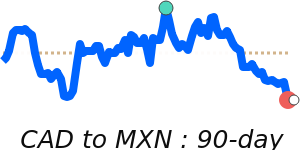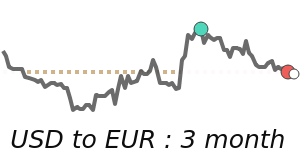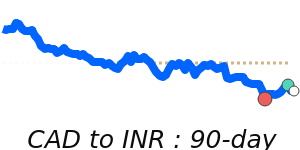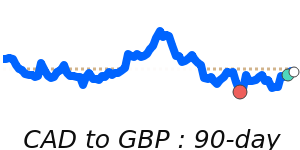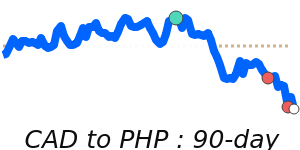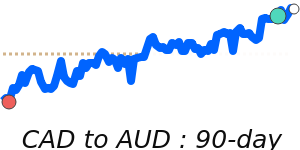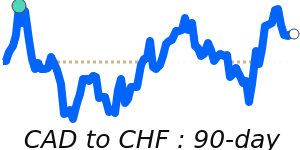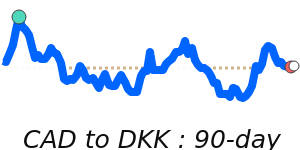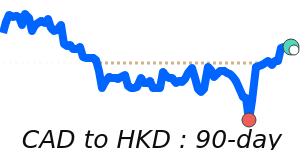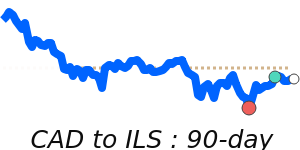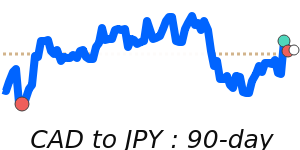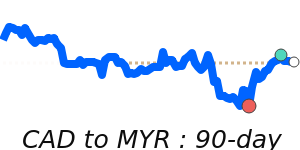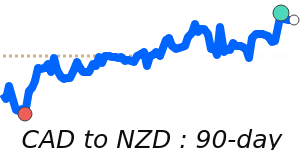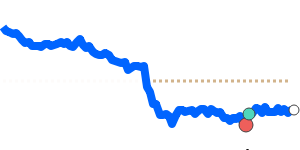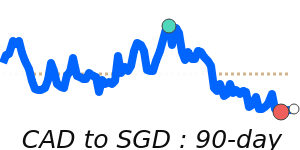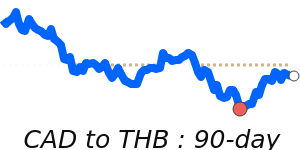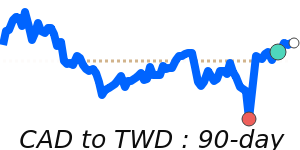The Canadian dollar (CAD), commonly referred to as the "loonie," experienced a modest decline recently, largely due to persistent factory downturns and external economic pressures. As of last Friday, the CAD slipped approximately 0.1% against the US dollar, settling at around 1.3740, which marks a 0.5% loss for the week. This movement was influenced by the recent S&P Global manufacturing PMI reading of 48.6, indicating contraction in Canada's manufacturing sector. Additionally, a firmer US dollar, lower oil prices hovering near $57, and an increase in Canada’s 10-year bond yield to approximately 3.47% contributed to the CAD's soft outlook.
Looking ahead, analysts foresee a potential recovery for the CAD in 2026, buoyed by stronger economic fundamentals. For instance, Scotiabank projects a decline in the USD/CAD rate to 1.34 by the end of 2025 and further down to 1.28 by the end of 2026, citing the influence of a weakening US dollar and positive Canadian economic indicators. Similarly, CIBC anticipates a drop in the USD/CAD rate to 1.35 by late 2025, aided by expected rate cuts from both the Federal Reserve and the Bank of Canada.
Recent economic data has also been encouraging for the CAD. November saw the creation of 54,000 jobs in Canada, significantly surpassing expectations of a loss of 2,500 jobs. This development has bolstered confidence in the Canadian economy, leading the unemployment rate to decrease from 6.9% to 6.5%. However, the Bank of Canada maintained its policy rate at 2.25%, showing cautious optimism about the economic outlook and suggesting rates will likely remain steady through 2026.
In terms of recent price trends for key CAD currency pairs, the CAD to USD exchange rate is currently reflecting 14-day lows near 0.7260, which is slightly above its three-month average. The CAD to EUR is also seeing seven-day lows at approximately 0.6196, while the CAD to GBP is at 60-day lows of around 0.5364. On a more positive note, the CAD to JPY is trading at 113.7, which is about 2.3% above its three-month average.
As a major oil exporter, the CAD remains sensitive to fluctuations in oil prices. Currently, oil is trading at 7-day highs around $61.78 but remains approximately 1.6% below its three-month average of $62.8. Volatility in the oil markets, which have traded within a 12% range recently, will continue to impact the CAD as prices rise and fall.
As the global economic landscape evolves, businesses and individuals engaging in international transactions should keep a close watch on these developments, as they may present opportunities or risks related to the value of the Canadian dollar.
